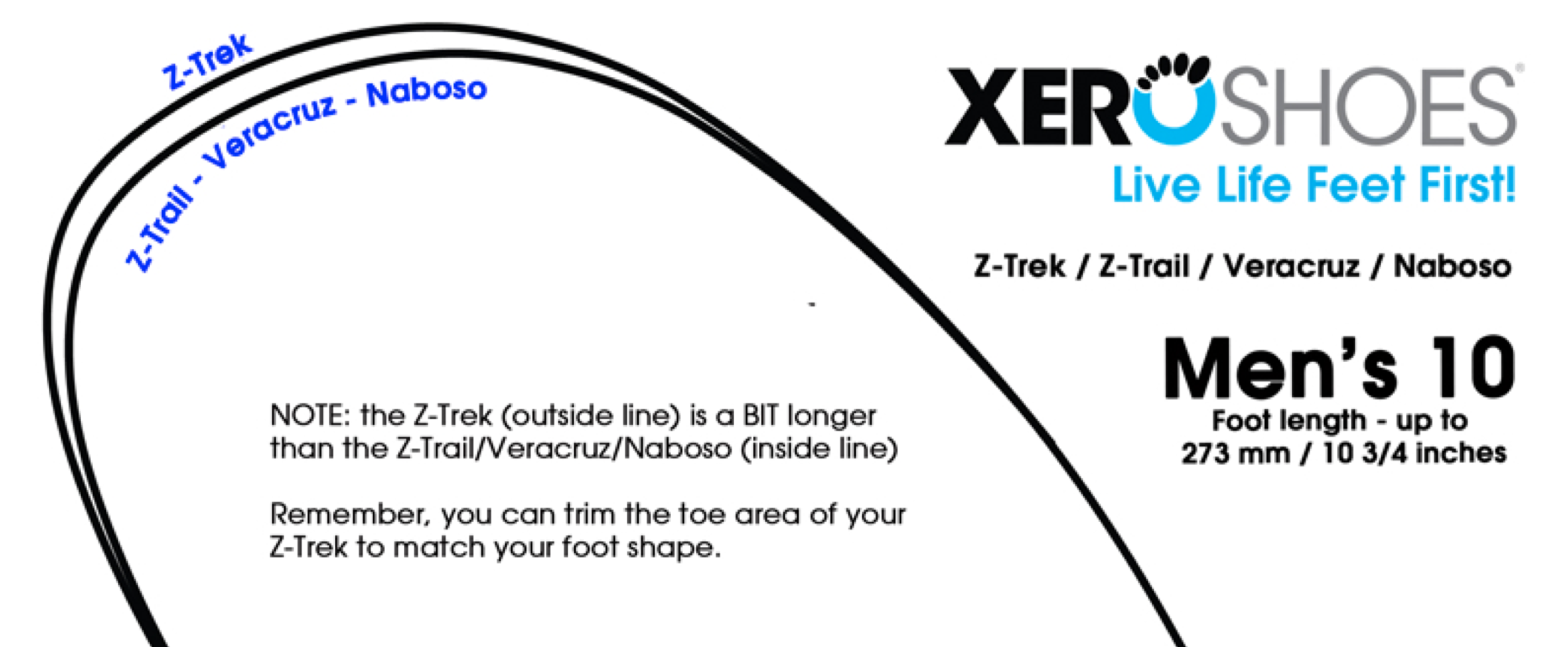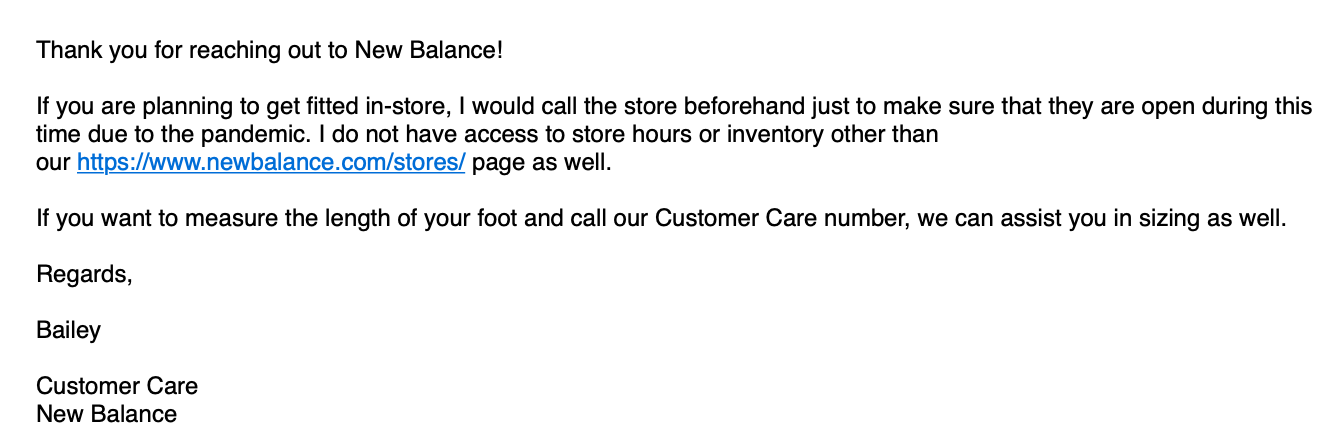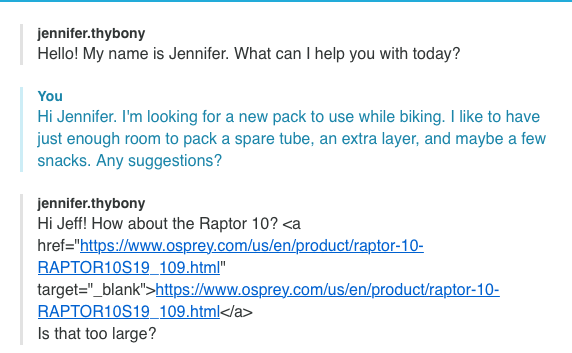Advertising disclosure: This blog participates in the Amazon Services LLC Associates Program, an affiliate advertising program designed to provide a means to earn fees by linking to Amazon and affiliated sites.
You don't need to be convinced that customer loyalty is important.
If you're reading this, you know that already. The real challenge is achieving it. How do you get customers to keep coming back?
That's the question I posed to New York Times bestselling author, Shep Hyken. He's written a new book on customer loyalty called I'll Be Back.
I've previously interviewed Hyken and he always provides a lot of great insights. Check out our conversations about the importance of convenience and how to create an amazing customer experience.
I'll Be Back is now available on Amazon.
Hyken answered a number of important questions in our interview:
Why do customers leave a business? (:48)
What is the difference between repeat business and loyalty? (2:05)
How do customers develop an emotional connection with a business? (4:23)
Why is it dangerous to copy the competition? (8:26)
How do you identify what's so great about your business? (13:47)
You can watch the full interview or scroll down to read the highlights.
Why do customers leave a business?
Hyken shared some insights from the 2021 Achieving Customer Amazement survey. The study found some of the top reasons customers leave a business include:
Rudeness or apathy
Not easy to do business with
A competitor is even easier to do business with
Listen to Hyken share more at :48 in the interview.
What is the difference between repeat business and loyalty?
A customer who repeatedly gives you their business might appear to be loyal, but Hyken makes a clear distinction between a repeat customer and a loyal one.
A repeat customer is someone who continues to buy from you. The danger is they can easily be swooped up by a competitor.
This makes intuitive sense to me.
There's a car wash near my house. It's fairly convenient, but the car wash is frequently closed for maintenance. So I can't always count on getting my car cleaned.
I was a repeat customer until another, more reliable carwash opened a mile away.
Hyken described customer loyalty as an emotional connection. You might go out of your way to do business with this company, and price is no longer as important.
Hear more about repeat business versus loyalty at the 2:05 mark in the interview.
How do customers develop an emotional connection with a business?
If customer loyalty comes from an emotional connection, then it makes sense for a business to try and create one.
Hyken explained that consistency is at the heart of that emotional connection. Customers can count on a business to be consistently good, so the backbone of that connection is trust.
Go to the 4:23 mark to hear more.
Why is it dangerous to copy the competition?
Hyken argues that copying a competitor won't set you apart, because you'll be doing the same thing someone else is doing. Even worse, you might not be able to do it as well, which might set you back.
So what should you do instead?
Hyken shares six steps to help you stand out. You can get the book and read them in Chapter 15 or go to 8:26 in the interview.
How can you identify what's so great about your business?
Successful businesses are really good at leveraging their strengths. In our interview, Hyken shared that finding the strength of your business starts with understanding the problem your customer is trying to solve.
For example, there are a lot of delis in Portland, Oregon. Many of them seem pretty much the same.
One way that Elephants Delicatessen wins loyal customers in a crowded market is by focusing on fresh, locally sourced ingredients.
You can hear more from Hyken at 13:47 in the interview.
Conclusion
Even though I've been a customer service trainer for many years, I always learn something valuable from Shep Hyken.
I think you will, too.
Check out the interview and the be sure to grab a copy of I'll Be Back.




























